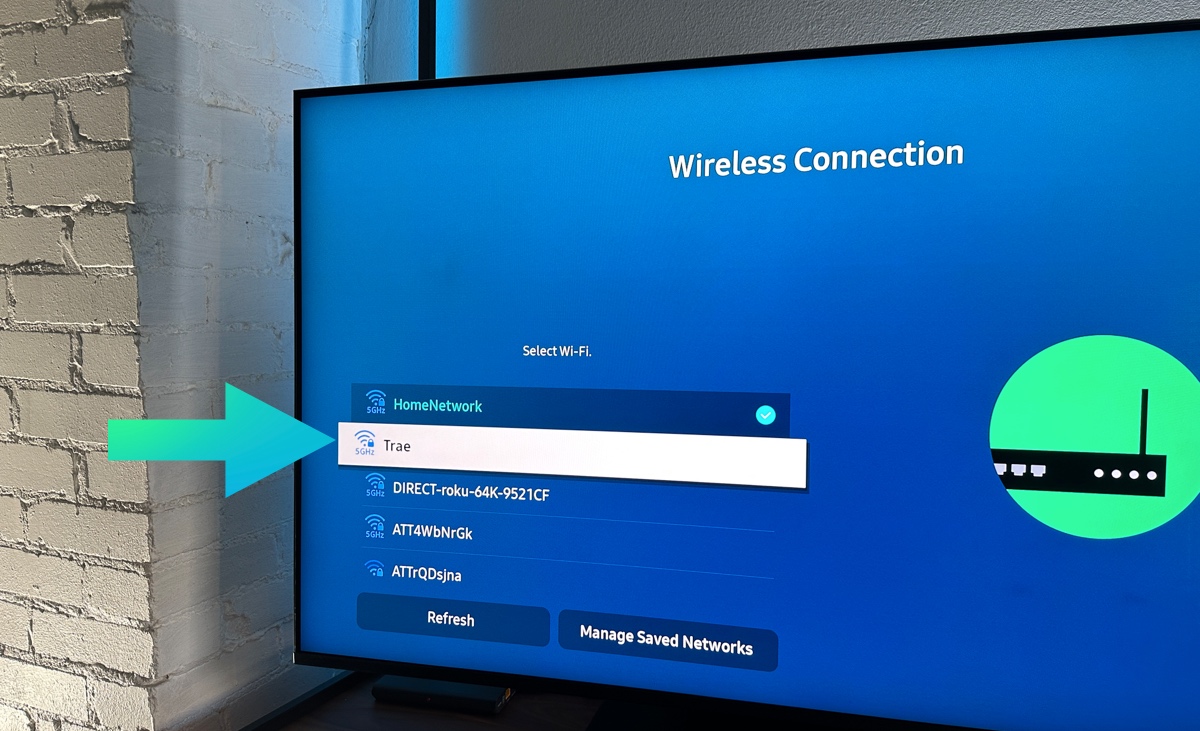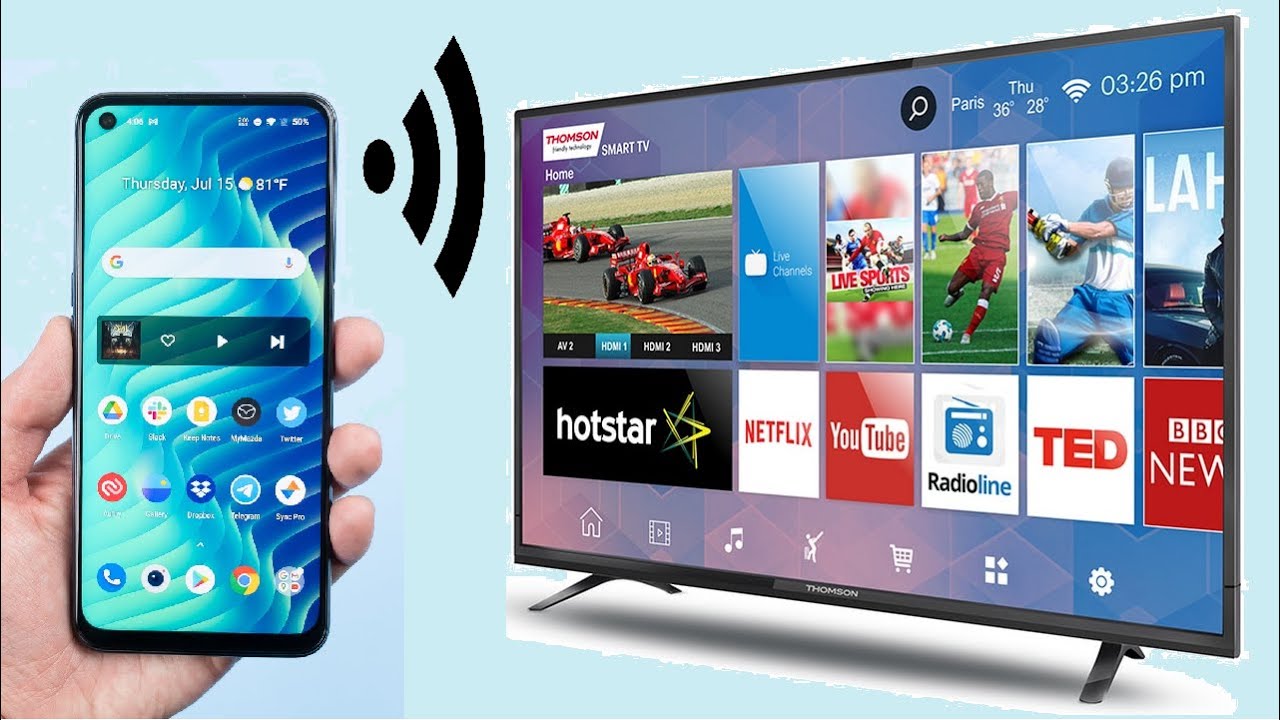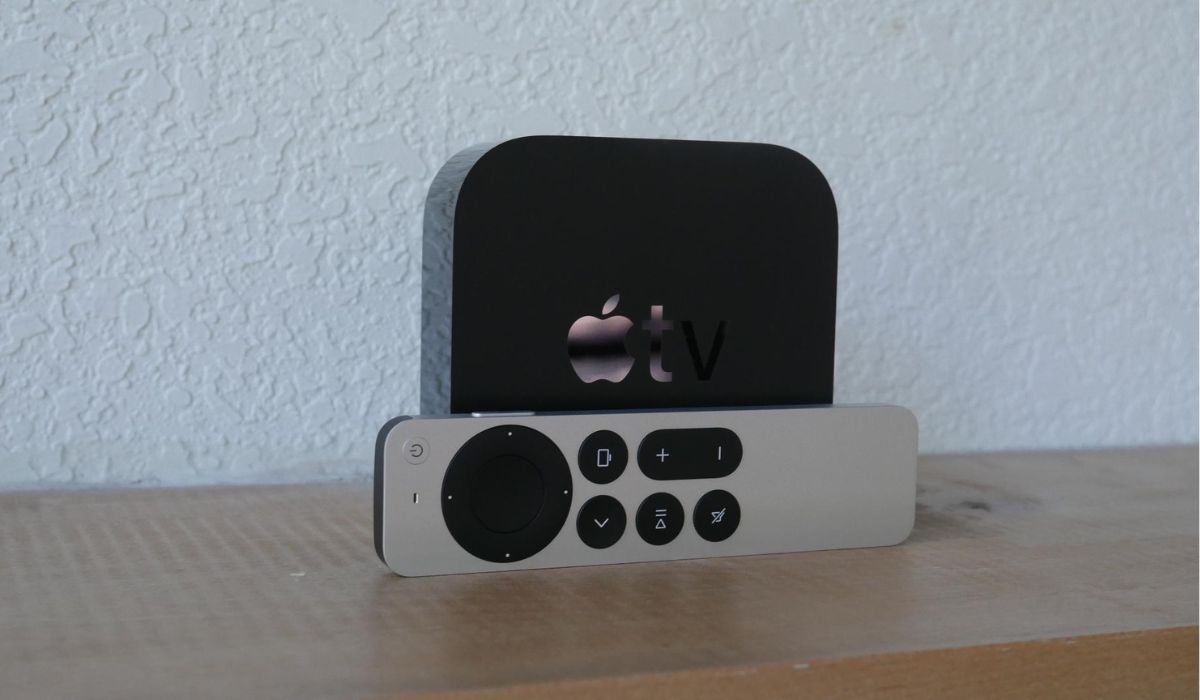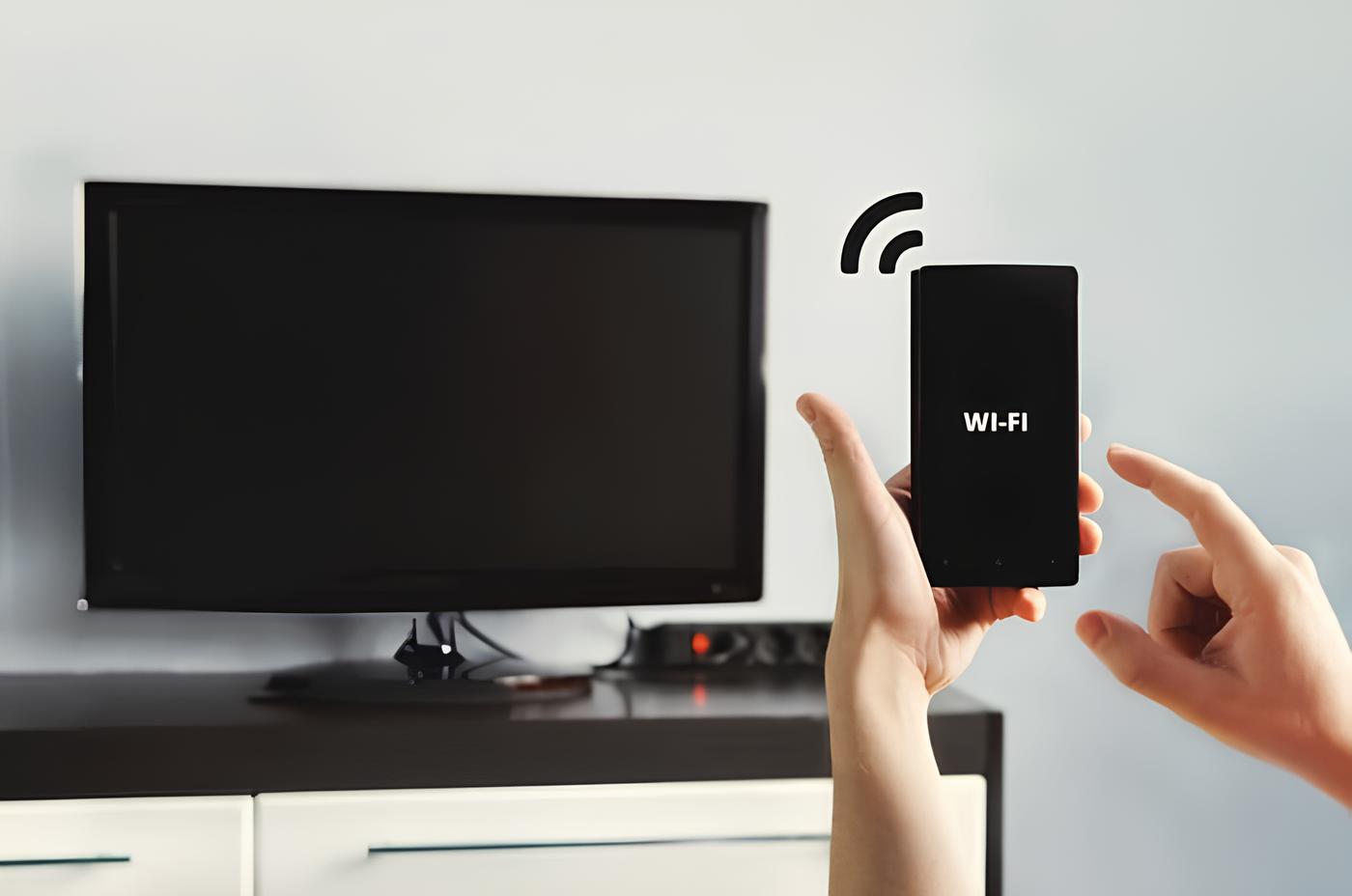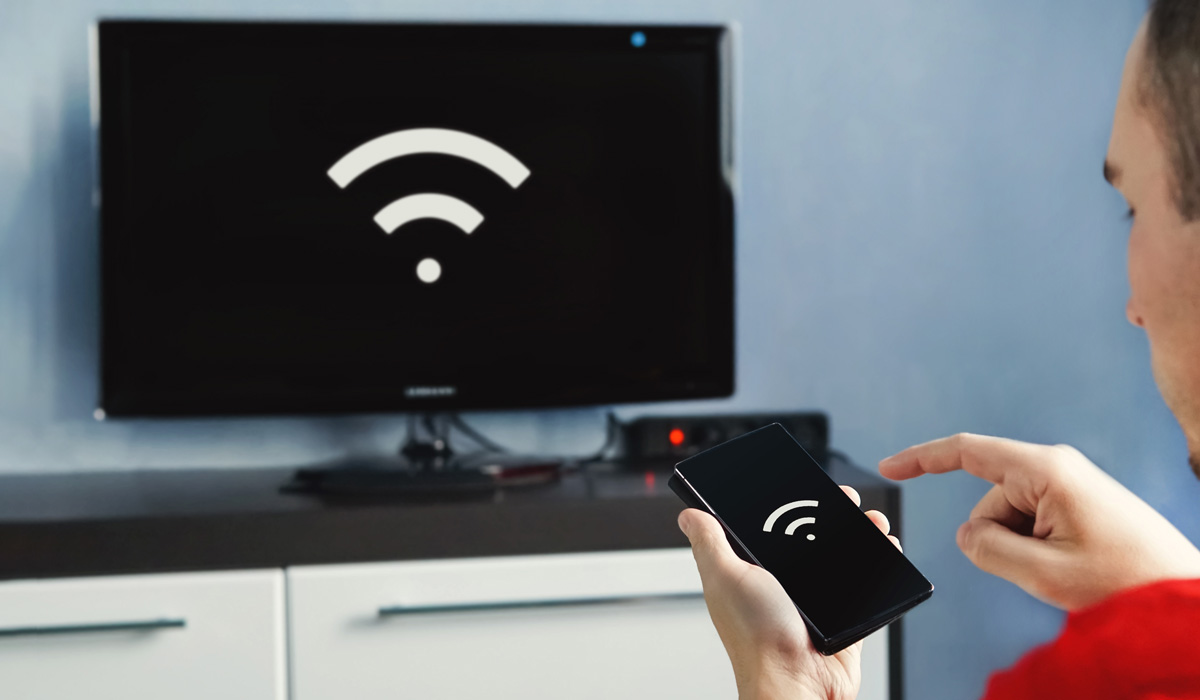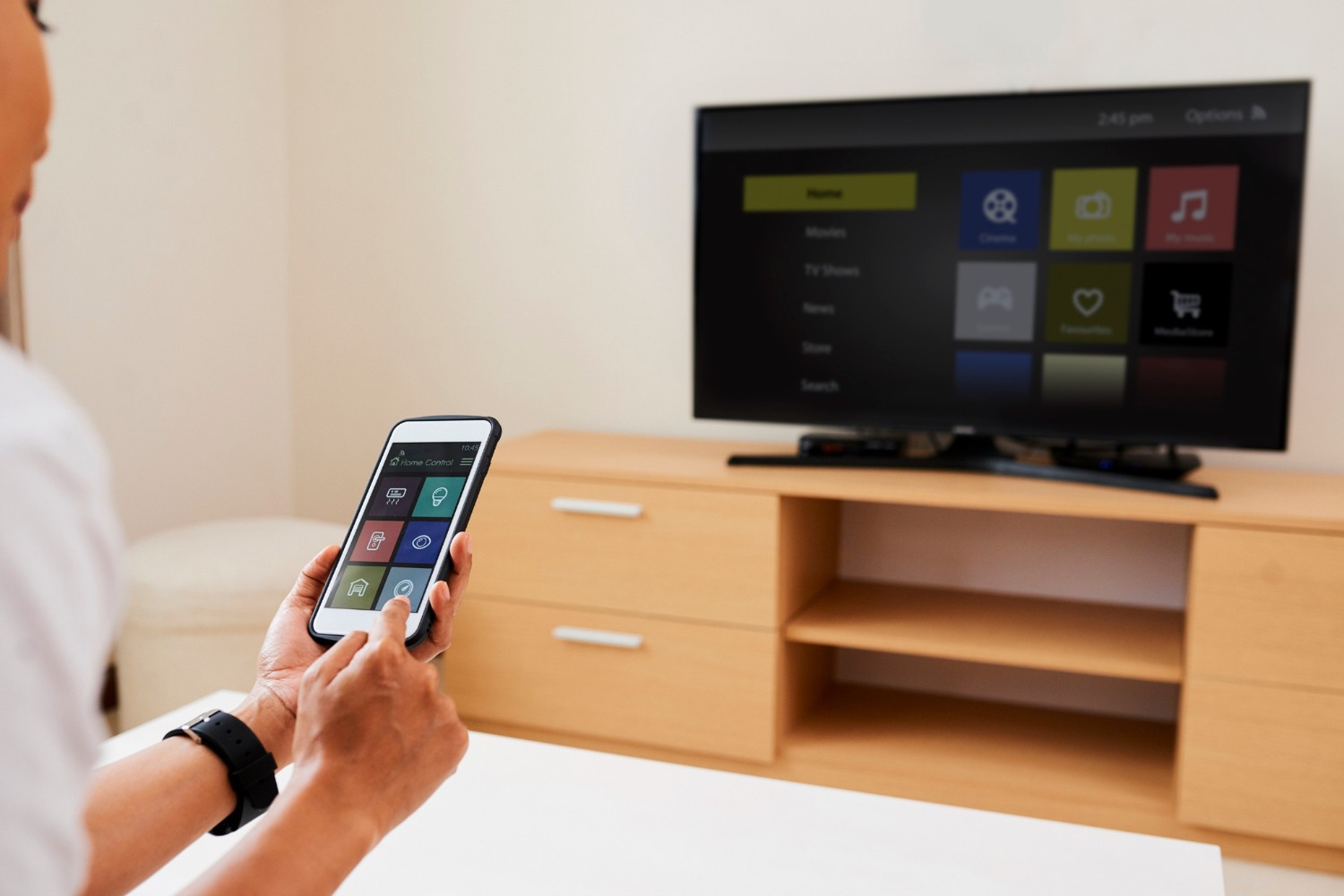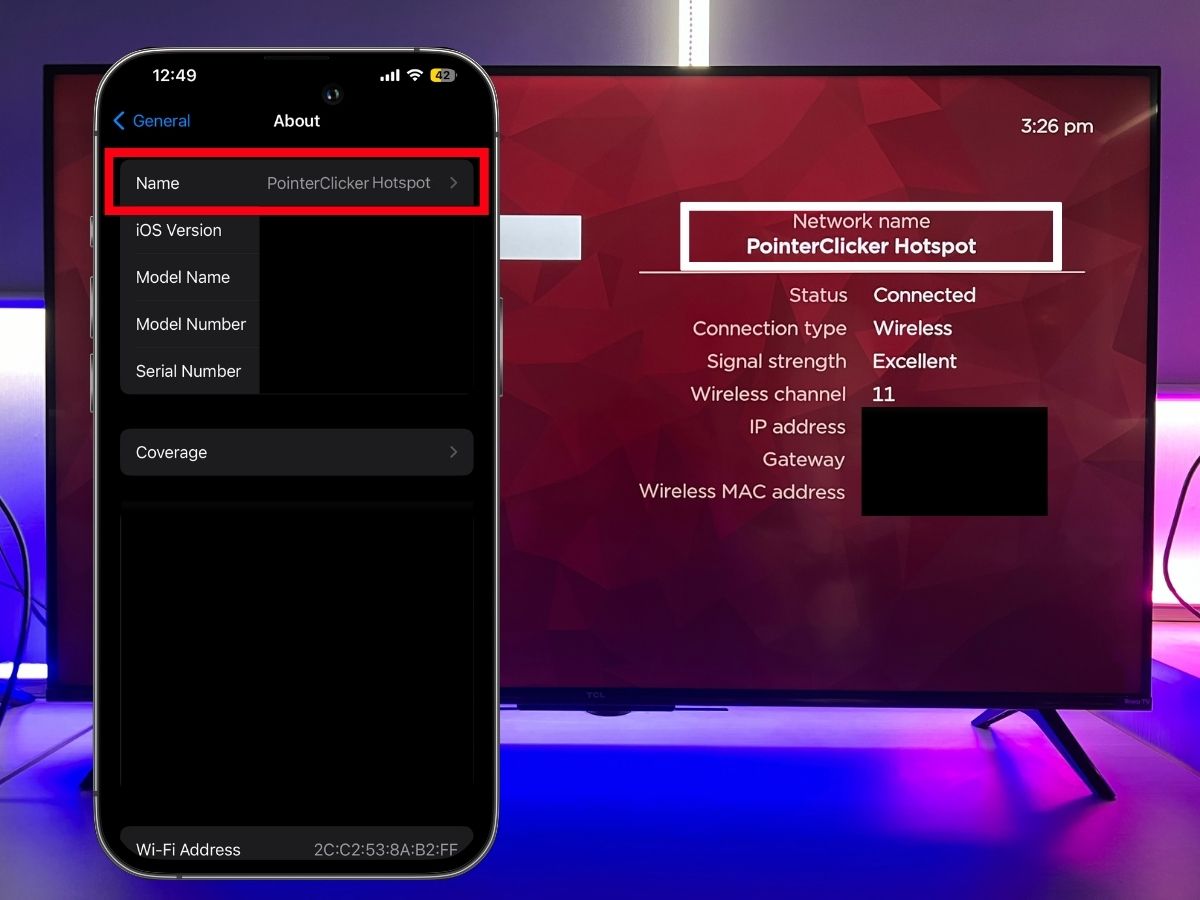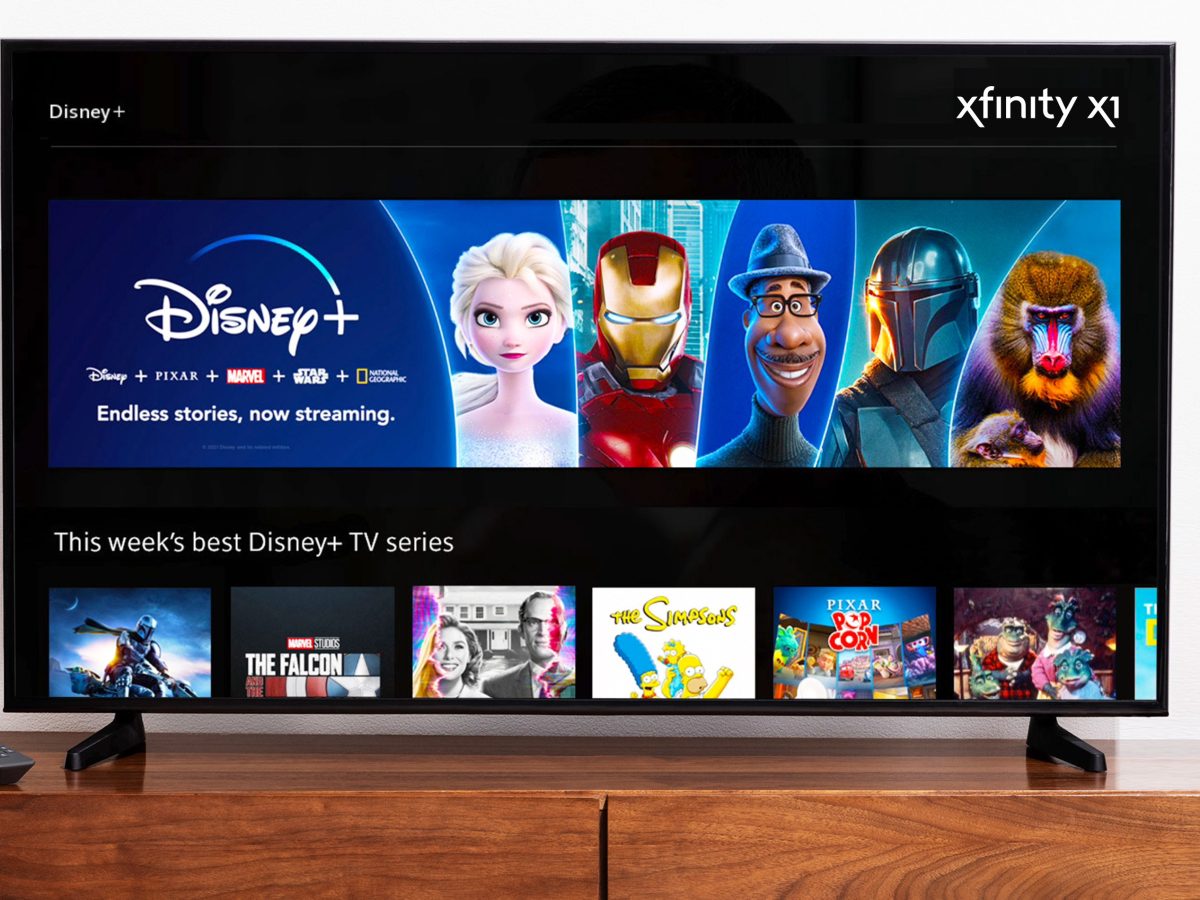Check Hotspot Settings
When your TV is not connecting to your hotspot, the first step in troubleshooting is to check the hotspot settings. This is a crucial starting point as it helps to ensure that the hotspot is configured correctly and is compatible with your TV's requirements. Here's a detailed guide on how to check the hotspot settings:
-
Network Name (SSID): Ensure that the network name (SSID) of your hotspot is being broadcast correctly. You can verify this by checking the available Wi-Fi networks on your TV. If the SSID is not visible, it may indicate an issue with the hotspot's broadcasting settings.
-
Security Type: Verify the security type of your hotspot. Common security types include WEP, WPA, and WPA2. It's important to ensure that the security type of your hotspot aligns with the requirements of your TV. For instance, if your TV only supports WPA2 security and your hotspot is set to WEP, it may result in a connection failure.
-
Password: Double-check the password of your hotspot. Ensure that the password is entered correctly on your TV. It's not uncommon for connection issues to arise due to incorrect passwords. Additionally, if your hotspot utilizes a complex password with special characters, ensure that your TV supports such characters.
-
Band and Channel: Some TVs may have specific requirements regarding the Wi-Fi band and channel. For instance, if your TV only supports the 2.4GHz band and your hotspot is set to 5GHz, it can lead to compatibility issues. Check the band and channel settings of your hotspot and ensure that they align with the TV's requirements.
-
MAC Filtering: If your hotspot utilizes MAC filtering, make sure that the MAC address of your TV is added to the allowed devices list. MAC filtering can prevent unrecognized devices from connecting to the hotspot, so it's important to verify that your TV's MAC address is permitted.
By meticulously examining and adjusting these hotspot settings, you can effectively troubleshoot connectivity issues between your TV and hotspot. Once you have verified and potentially adjusted the settings, attempt to reconnect your TV to the hotspot to see if the issue has been resolved. If the problem persists, you can proceed with the next troubleshooting steps to further diagnose and address the connectivity issue.
Restart TV and Hotspot
Restarting both your TV and hotspot can often resolve connectivity issues by clearing temporary glitches and re-establishing the connection. This simple yet effective troubleshooting step can help in resolving a wide range of connectivity issues. Here's a detailed guide on how to restart your TV and hotspot to troubleshoot the connection problem:
-
Turn off the TV:
Begin by turning off your TV using the remote control or the power button located on the device itself. Ensure that the TV is completely powered down before proceeding to the next step. -
Unplug the TV:
Once the TV is turned off, unplug it from the power source. Allow the TV to remain unplugged for at least 1-2 minutes. This step is crucial as it allows the TV to discharge any residual power and clears its temporary memory. -
Turn off the Hotspot:
Locate the power source of your hotspot device and switch it off. If your hotspot is integrated into a mobile device, such as a smartphone, ensure that the hotspot feature is disabled in the device's settings. -
Wait and Reconnect:
After turning off both the TV and the hotspot, wait for a few minutes to ensure that they are fully powered down. Once the waiting period is over, plug the TV back into the power source and turn it on. Similarly, switch on the hotspot device and ensure that it is broadcasting the Wi-Fi network. -
Reconnect to the Hotspot:
Access the Wi-Fi settings on your TV and attempt to reconnect to the hotspot. Ensure that the correct network name (SSID) and password are entered. If the TV successfully connects to the hotspot, test the connection by streaming content or accessing online services to confirm that the issue has been resolved.
By following these steps to restart both your TV and hotspot, you can effectively clear any temporary connectivity issues that may have been hindering the connection. If the problem persists after restarting the devices, it may be necessary to explore further troubleshooting steps to pinpoint and address the underlying cause of the connectivity issue.
Update TV Software
Updating the software of your TV is a crucial step in troubleshooting connectivity issues, as outdated firmware can lead to compatibility issues and connectivity disruptions. By ensuring that your TV is running the latest software version, you can address potential software-related bugs and enhance its overall performance. Here's a comprehensive guide on how to update the software of your TV to resolve connectivity problems:
-
Access the Settings Menu: Begin by accessing the settings menu on your TV. The location of the settings menu may vary depending on the brand and model of your TV. Typically, you can access the settings by using the remote control and navigating through the on-screen menu options.
-
Navigate to Software Update: Within the settings menu, locate the option related to software or firmware updates. This option may be labeled as "Software Update," "System Update," or something similar. Once you've found the appropriate option, select it to proceed to the software update settings.
-
Check for Updates: Upon entering the software update settings, your TV will initiate a check for available updates. It will connect to the manufacturer's servers to determine if a newer software version is available for your TV. Allow the TV to complete the update check process, as this will determine if an update is needed.
-
Initiate the Update: If a newer software version is detected, your TV will prompt you to initiate the update process. Follow the on-screen instructions to confirm and start the software update. It's important to ensure that your TV remains powered on and connected to the internet throughout the update process to prevent any interruptions.
-
Wait for Completion: The software update process may take several minutes to complete, depending on the size of the update and the speed of your internet connection. It's essential to allow the update to finish without interrupting the TV's power supply or internet connection.
-
Restart the TV: Once the software update is successfully installed, your TV may automatically restart to apply the changes. If it doesn't restart automatically, power cycle the TV by turning it off and then back on after a brief pause.
By updating the software of your TV, you ensure that it is equipped with the latest features, bug fixes, and security enhancements provided by the manufacturer. This proactive approach can effectively address connectivity issues stemming from outdated software and improve the overall reliability of your TV's wireless connections.
Ensuring that your TV's software is up to date is a fundamental aspect of maintaining optimal performance and resolving potential connectivity hurdles. If updating the TV software doesn't resolve the connection issue, you can proceed with additional troubleshooting steps to further diagnose and address the underlying cause of the problem.
Forget and Reconnect to Hotspot
If your TV is encountering connectivity issues with your hotspot, the "Forget and Reconnect" approach can serve as a powerful troubleshooting method. By forgetting the existing network details and then re-establishing the connection, you can effectively address potential configuration conflicts and reinitialize the connection process.
To execute this method, begin by accessing the Wi-Fi settings on your TV. Within the Wi-Fi settings menu, locate the option to "Forget" the current network. This action will remove the stored network information, including the network name (SSID) and password, from your TV's memory. Once the network details have been forgotten, proceed to reconnect to the hotspot by selecting it from the list of available networks and entering the correct credentials.
When reconnecting to the hotspot, ensure that the network name (SSID) and password are entered accurately. Pay close attention to any uppercase or lowercase characters, as Wi-Fi passwords are case-sensitive. Additionally, if your hotspot utilizes special characters in the password, ensure that they are input correctly on your TV. After entering the network details, initiate the connection process and allow the TV to establish a new connection to the hotspot.
By executing the "Forget and Reconnect" method, you effectively initiate a fresh connection attempt between your TV and the hotspot. This approach can help in rectifying potential authentication or configuration issues that may have been impeding the connection. Furthermore, it allows your TV to establish a new network handshake with the hotspot, potentially resolving any communication disruptions that were hindering the connectivity.
After reconnecting to the hotspot, test the connection by accessing online services or streaming content on your TV. Verify that the connection remains stable and that you can seamlessly utilize the internet and other network-dependent features. If the connection is successfully reestablished and the TV functions as expected, the "Forget and Reconnect" method has effectively resolved the connectivity issue.
In the event that the problem persists even after executing the "Forget and Reconnect" method, it may be necessary to explore additional troubleshooting steps to diagnose and address the underlying cause of the connectivity problem. However, by employing this method, you have taken a proactive step in troubleshooting the connection between your TV and hotspot, potentially resolving the issue and restoring seamless connectivity.
Reset Network Settings on TV
Resetting the network settings on your TV can serve as a comprehensive troubleshooting approach to address persistent connectivity issues with your hotspot. This method involves restoring the TV's network configurations to their default state, effectively clearing any potential misconfigurations or conflicts that may be impeding the connection. By initiating a network settings reset, you can create a clean slate for the network configurations, allowing the TV to reestablish a stable connection with the hotspot.
To execute a network settings reset on your TV, follow these detailed steps:
-
Access the Network Settings: Begin by accessing the network settings menu on your TV. The location of this menu may vary depending on the brand and model of your TV. Typically, you can navigate to the network settings through the TV's on-screen menu or settings interface.
-
Locate the Reset Option: Within the network settings menu, look for the option related to network or Wi-Fi reset. This option may be labeled as "Reset Network," "Reset Connection," or something similar. Once you've found the appropriate option, select it to proceed with the network settings reset.
-
Confirm the Reset: Upon selecting the network reset option, your TV will likely prompt you to confirm the action. It's essential to carefully review the on-screen confirmation message to ensure that you intend to reset the network settings. Confirm the reset action to initiate the process.
-
Wait for Completion: The TV will commence the network settings reset process, which may take a few moments to complete. During this process, the TV will clear the existing network configurations and prepare to reestablish the connection with the hotspot.
-
Reconnect to the Hotspot: Once the network settings reset is complete, access the Wi-Fi settings on your TV and proceed to reconnect to the hotspot. Enter the correct network name (SSID) and password, ensuring their accuracy. Initiate the connection process and allow the TV to establish a new connection to the hotspot.
By resetting the network settings on your TV, you effectively eliminate potential network-related impediments that may have been causing the connectivity issues. This method provides a comprehensive approach to troubleshooting, allowing the TV to reconfigure its network settings from scratch and establish a fresh connection with the hotspot.
After reconnecting to the hotspot following the network settings reset, verify the stability of the connection by testing the TV's internet functionality and network-dependent features. If the connection is successfully reestablished and the TV operates as expected, the network settings reset has effectively resolved the connectivity issue.
In the event that the problem persists even after resetting the network settings, additional troubleshooting steps may be necessary to diagnose and address the underlying cause of the connectivity problem. However, by executing a network settings reset, you have taken a proactive step in troubleshooting the connection between your TV and hotspot, potentially resolving the issue and restoring seamless connectivity.
Contact Manufacturer Support
If all previous troubleshooting steps have been exhausted without resolving the connectivity issue between your TV and the hotspot, reaching out to the manufacturer's support team can provide valuable assistance. Manufacturer support is an invaluable resource that offers specialized expertise and guidance tailored to your specific TV model and its connectivity functionalities.
When contacting the manufacturer's support, it's essential to gather pertinent details about your TV, such as the model number, serial number, and any relevant error messages or symptoms you have encountered. This information will enable the support team to understand the context of the connectivity issue and provide targeted assistance.
The manufacturer's support channels may include options such as phone support, live chat, email support, or an online support portal. Prioritize the channel that best suits your preference and allows for efficient communication with the support team.
During your interaction with the manufacturer's support, clearly articulate the steps you have taken to troubleshoot the connectivity problem. Providing a comprehensive overview of your troubleshooting efforts can help the support team in identifying potential root causes and offering advanced solutions. Be prepared to follow any additional instructions or diagnostic steps provided by the support representative to further diagnose the issue.
Manufacturer support representatives are equipped with in-depth knowledge of the TV's technical specifications, software intricacies, and common connectivity challenges. They can leverage this expertise to offer tailored guidance, including advanced troubleshooting techniques, potential software updates, or hardware-related considerations.
In some cases, the manufacturer's support team may escalate the issue to their technical specialists for in-depth analysis and resolution. This escalation process can lead to a thorough investigation of the connectivity problem, potentially uncovering underlying technical issues that require specialized attention.
By engaging with the manufacturer's support, you demonstrate a proactive approach to resolving the connectivity issue, leveraging the expertise and resources provided by the TV's manufacturer. This collaborative effort can lead to a comprehensive resolution, ensuring that your TV seamlessly connects to the hotspot and functions optimally.
In summary, contacting the manufacturer's support is a pivotal step in addressing persistent connectivity challenges between your TV and the hotspot. By leveraging the manufacturer's specialized support resources, you can access targeted assistance and advanced troubleshooting guidance, ultimately working towards a definitive resolution for the connectivity issue.







